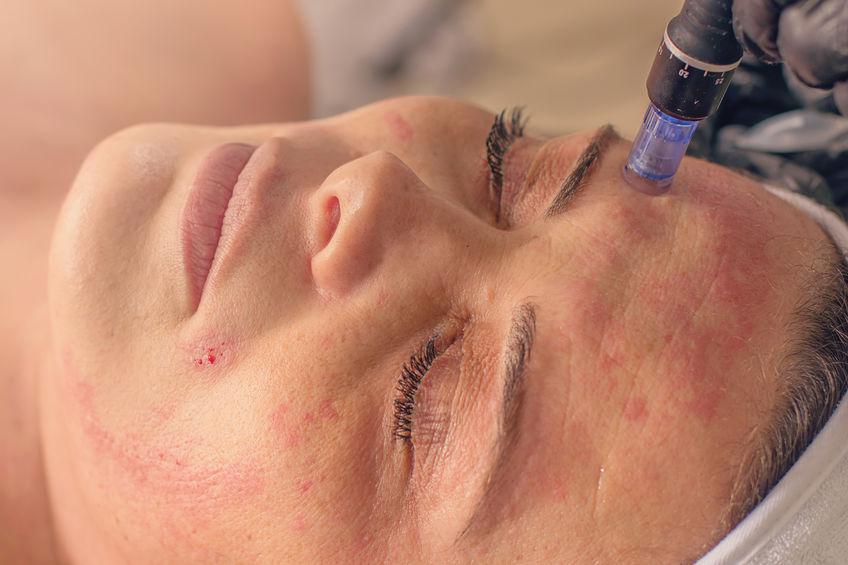The final look of surgical scars might be improved by a process called microneedling when done immediately after surgery. The best results are obtained when done within six to seven weeks.
In a study that was published in the September edition of Plastic and Reconstructive Surgery, the official medical journal of the American Society of Plastic Surgeons, the advantages of micro-needling were investigated (ASPS). The journal is published by Wolters Kluwer as a part of the Lippincott catalogue.
This is in contrast to the “conventional wisdom” that treatments to improve the appearance of surgical scars should be delayed for up to a year, according to new research by Casey Gene Sheck, DO, and colleagues at Claytor/Noone Plastic Surgery in Bryn Mawr, Pa., led by R. Brannon Claytor, MD, Chief of Plastic Surgery at Main Line Health. “Our findings imply that restarting the healing process with micro needling 6 weeks after surgery is an option to enhance the final outcomes of postoperative scarring,” the researchers write.
‘Paradigm shift’ on preventive approaches to improve scarring
Microneedling is a minimally invasive procedure that can be used to treat persistent acne scars and other skin imperfections. A power handpiece with needles of various diameters is used to create tiny channels in the skin after the skin has been numbed.
Microneedling, commonly referred to as “minimally invasive percutaneous collagen induction,” stimulates the body’s own collagen and elastin production to promote healing. In order to enhance the look of surgical scars, microneedling or other treatments are often delayed until the scar has fully developed, which takes between 6 and 12 months. Dr. Sheck and associates looked into a different approach that reactivated the healing pathway via microneedling in the early phases of the healing process.
Microneedling results
Microneedling is a minimally invasive procedure that can be used to treat persistent acne scars and other skin imperfections. A power handpiece with needles of various diameters is used to create tiny channels in the skin after the skin has been numbed.
Microneedling, commonly referred to as “minimally invasive percutaneous collagen induction,” stimulates the body’s own collagen and elastin production to promote healing. In order to enhance the look of surgical scars, microneedling or other treatments are often delayed until the scar has fully developed, which takes between 6 and 12 months. Dr. Sheck and associates looked into a different approach that reactivated the healing pathway via microneedling in the early phases of the healing process.
Also Read: Shape of coronavirus affects its transmission: Study
The researchers also examined the outcomes of individuals who began micro needling sooner, 6 to 7 weeks following surgery, vs later, 13 to 16 weeks. The earlier therapy group improved its POSAS scores “much more”: from 16.8 to 8.1, compared to 26.1 to 14.2 in the latter treatment group. The outcomes were similar for patients of varied ages and with scars on the torso vs the face.
New advice improves outcomes
“While more study is needed to thoroughly analyse this finding,” Dr Sheck and colleagues write, “it undoubtedly constitutes a substantial paradigm shift in scar treatment.” “As a prophylactic measure, patients and surgeons interested in maximising scar management may elect for early intervention with micro needling prior to the development of undesired scars.”
Contrary to popular belief, the new research shows that early micro needling, which is applied at the late proliferation/early maturation phase of healing, can considerably enhance final scar appearance. The resumption of the healing process at a time when collagen synthesis has started to decline may be responsible for the improvement.





